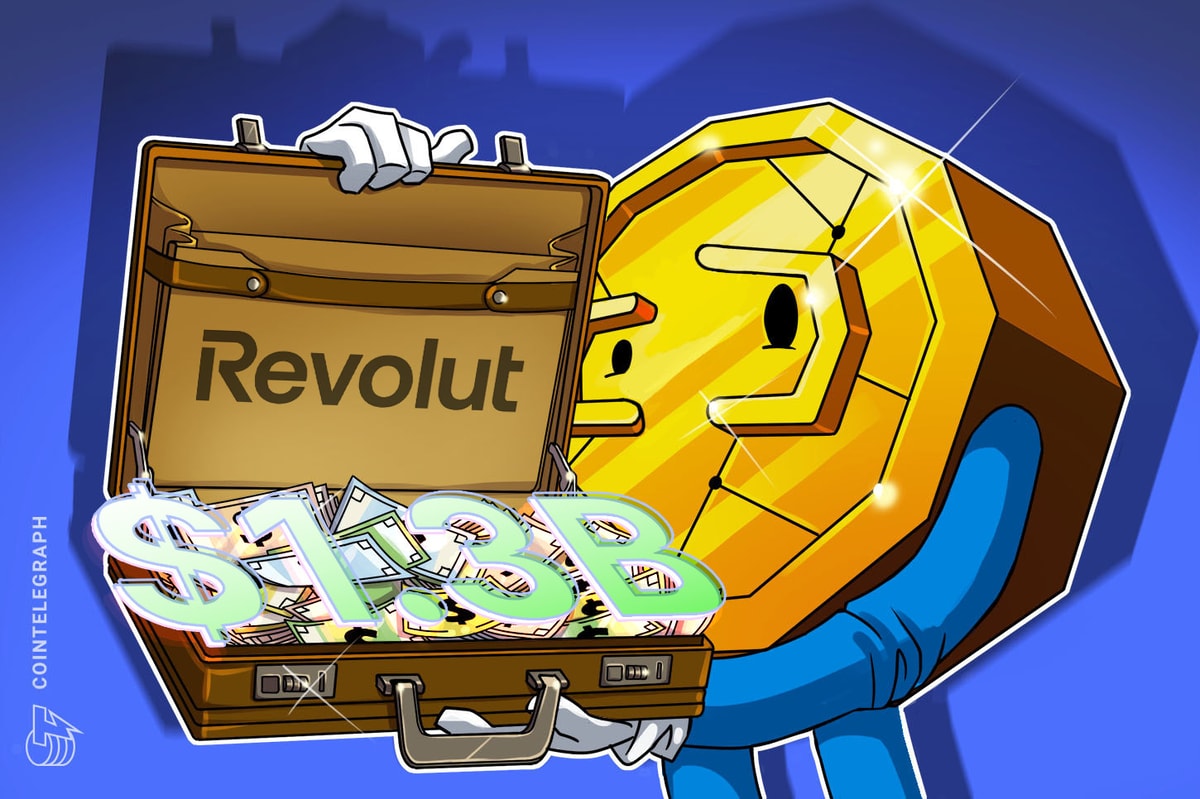In traditional finance, centralized institutions like banks manage people’s assets, opening room for vulnerability to risks such as fraud, hacking and insolvency. Ransomware attacks on financial services increased from 55% in 2022 to 64% in 2023, and the International Monetary Fund (IMF) suggests that financial cyber threats are growing. Ironically, the centralized custody model is still prevalent in the crypto space. Although cryptocurrencies are built on the principles of decentralization, users still actively use centralized exchanges.
Transferring assets to centralized systems leads to security vulnerabilities, as demonstrated by the Mt. Gox loss of 850,000 Bitcoin (BTC). Fraud cases that reveal the weaknesses of centralized structures underscore the importance of self-custodial protocols. Self-custody allows users to have total control over their private keys and assets, mitigating risks associated with third-party management.
However, self-custody models place all responsibility on the user and managing personal storage wallets requires technical knowledge. Understanding blockchain complexities, like gas fees and native tokens, can be challenging for those managing their assets directly. Also, key crypto figures suggest self-custody models need to maximize safety against coercion. In other words, the crypto industry needs better self-custody alternatives.
Simplifying interaction with crypto accounts
Plena, a crypto super app, combines an all-in-one self-custody platform with advanced technologies like account abstraction and artificial intelligence (AI) to streamline user experience. The platform gives crypto holders and traders a mobile app that includes an automated purchasing feature.

Plena offers users a simplified self-custody experience. Source: Plena
Account abstraction is a concept that simplifies how users interact with their accounts on the blockchain. Traditionally, accounts on the Ethereum blockchain are either controlled by smart contracts or user-controlled (via private keys). Account abstraction blurs this distinction, enabling user accounts to behave more like smart contracts. The concept can simplify the transaction process, improve security by reducing reliance on a single private key, and offer more flexibility in how accounts are managed.
Plena offers a range of features in its crypto super app, which is downloadable on the Google Play Store and App Store. The super app supports over 100,000 cryptocurrencies, enabling users to buy, sell, swap and bridge assets with a single tap. The app also includes Plena Connect, allowing interaction with over 150 decentralized applications (DApps). Additionally, Plena provides the convenience of one-click transactions, enhancing user experience by simplifying complex tasks.
Plena also wants to transform crypto portfolio management with its upcoming AI-powered tool PlenaGPT. Once launched, PlenaGPT will analyze market trends and provide personalized investment recommendations and trend predictions using AI.
Plena Joins Cointelegraph Accelerator
Plena has joined Cointelegraph Accelerator as a participant to benefit from the media reach and marketing opportunities provided by the program. The Cointelegraph Accelerator program helps fresh Web3 startups and projects prosper by leveraging Cointelegraph’s network and leadership as the leading crypto and blockchain media outlet since 2013. The program picked Plena due to its emphasis on AI as well as the traction its mobile app generated with over 100,000 downloads.

Plena’s roadmap since its inception. Source: Plena
Plena’s 2024 roadmap includes new partnerships for Plena Connect, which offers seamless integration and easier user experiences in the decentralized ecosystem. Plena is preparing to launch its launchpad in the second quarter of 2024. The platform also plans to make non-EVM chains and Plena DAO operational in the second half of 2024.
With its account abstraction technology, Plena signifies a shift toward empowering users within the crypto landscape. As it joins forces with Cointelegraph Accelerator, Plena aims to redefine how users manage their assets. It envisions a future where everyone can access digital assets using blockchain technology, regardless of their technical expertise.











